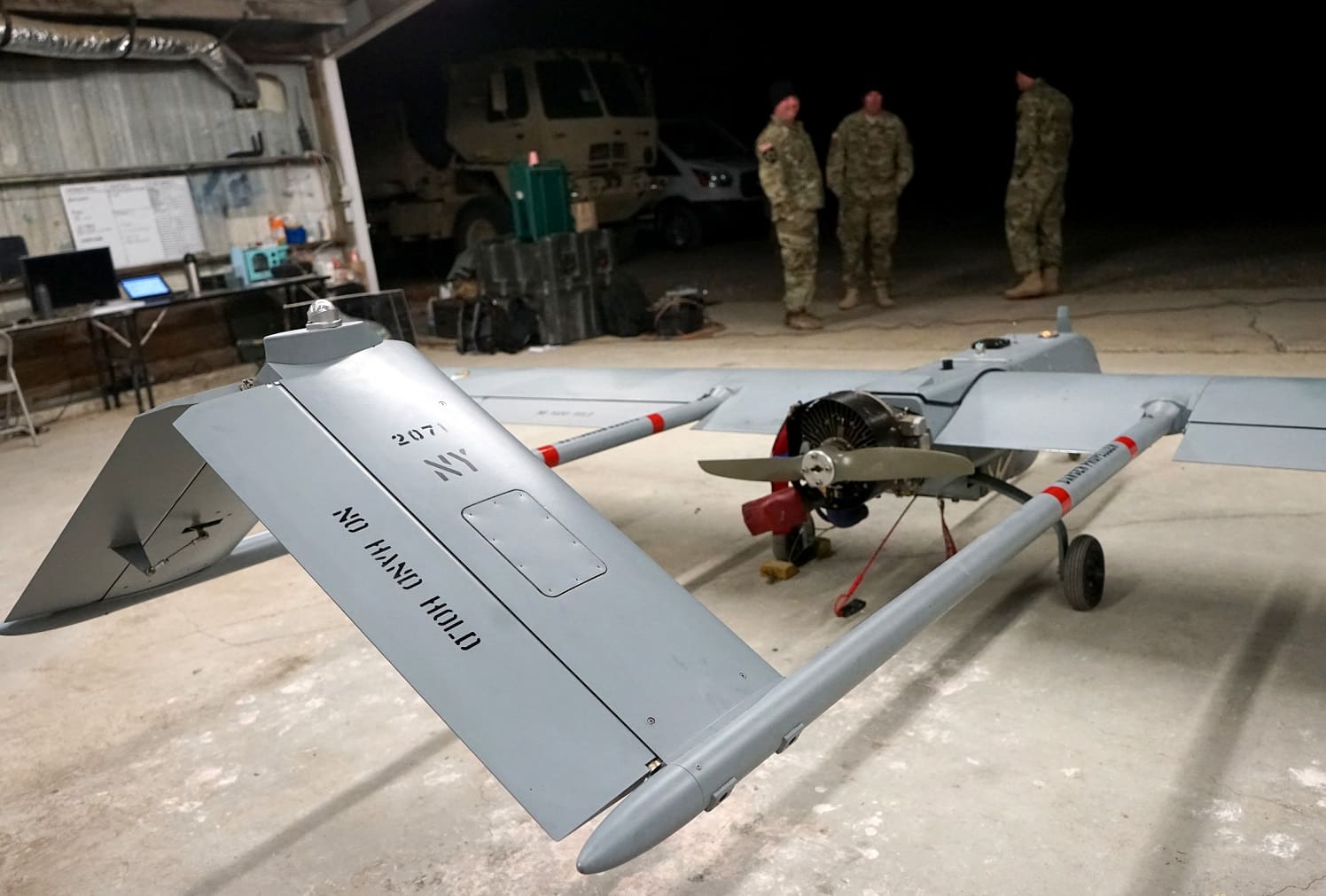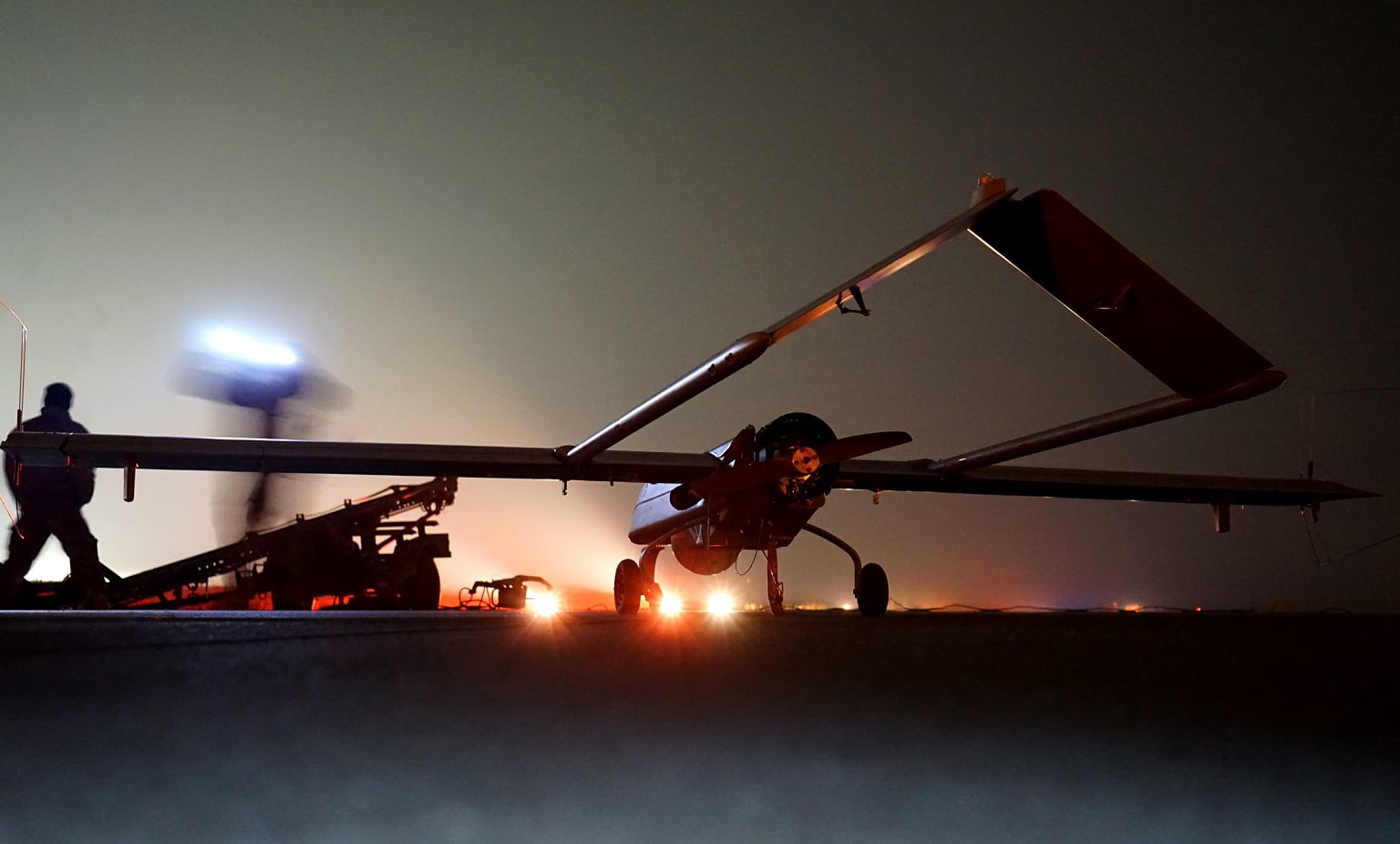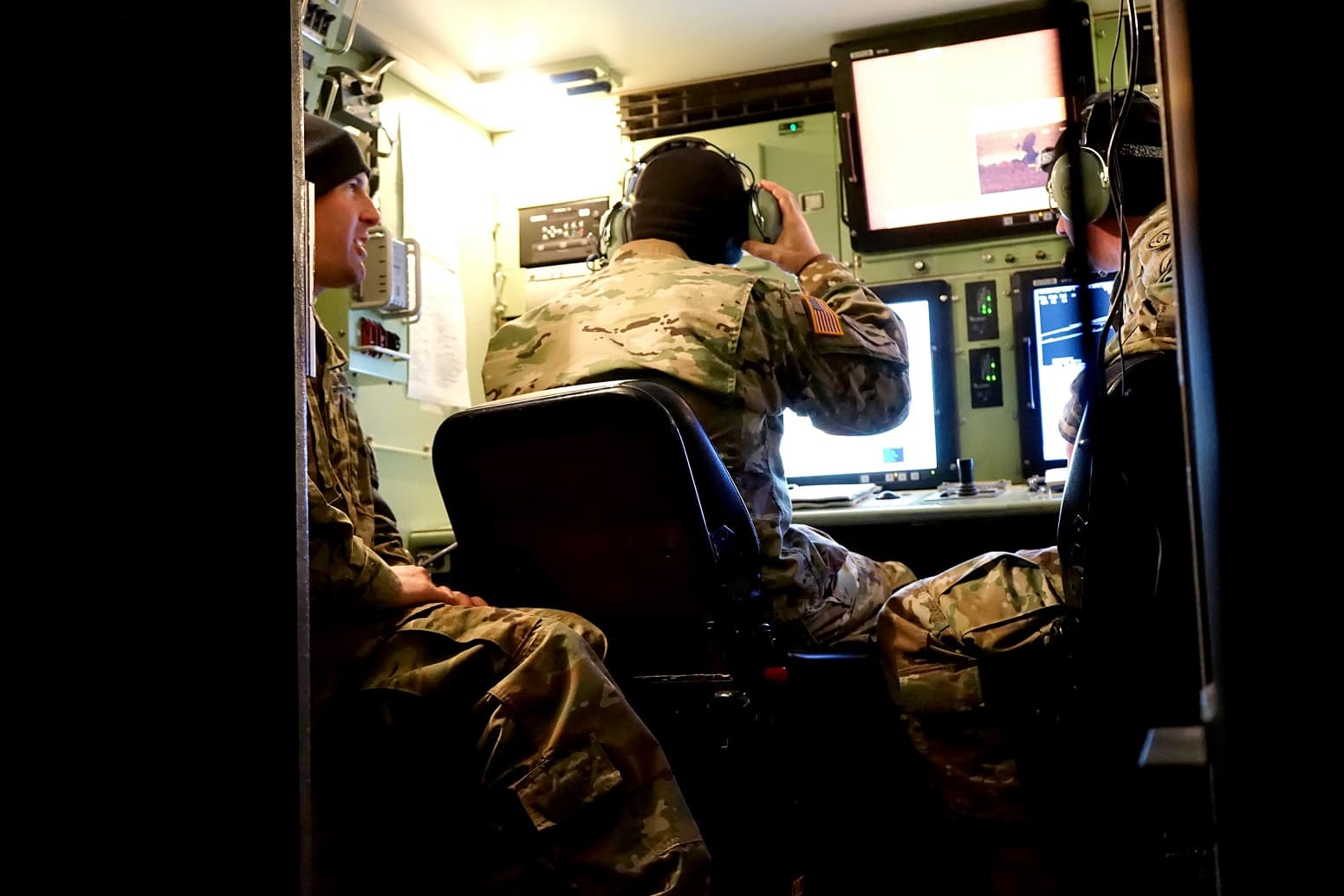U.S. Army National Guard uses Shadow in support of a state emergency for first time
Posted on
The U.S. Army National Guard uses for the first time its RQ-7 Shadow drones in a mission supporting a state emergency.
According to a statement released by the 69th Public Affairs Detachment, the Shadow unit was activated to assist with efforts to contain the deadly Camp Fire.
“This is something we’ve been hoping for and striving for,” said Chief Warrant Officer 2 Steven B. MacArthur, acting platoon leader for Detachment 1, Delta Company, 578th Brigade Engineer Battalion, Tactical Unmanned Aviation System (TUAS).
The team had already flown a successful mission a few nights before. The previous day’s operations were grounded by weather, and they were eager to get the Shadow back in the air.
“We’ve been talking about being activated for earthquakes, for fires, for floods, for any kind of state emergency. We looked forward to the day that we could do this, and it’s finally here,” an excited McArthur said.
The RQ-7 Shadow, a tactical unmanned aviation system (TUAS), is not the first remotely controlled aircraft to support state emergency missions – the Air Force has conducted multiple interagency efforts in support of state missions – but it is different in its ability to launch without the requirement of a traditional airfield. The Shadow launches via a hydraulic catapult launch system, which means it requires very little runway and can begin operations close to an incident.
Recent changes in regulation made it easier to receive authorization to fly the TUAS in National Air Space during emergency missions. During the Camp Fire response efforts, California received approval to fly the TUAS during an emergency since the regulatory change, setting it up to become the first state to fly the aircraft in support of an emergency mission.
But, there was a problem – The 578th aircraft were grounded for maintenance, after a summer of heavy rotation flying missions at Ft. Irwin’s National Training Center.
The flight crew from Detachment 1, Delta Company, 152nd Brigade Engineer Battalion, were in California from Rochester, New York, for annual training in Camp Roberts when the Camp Fire became a declared emergency.
“We were out here conducting two weeks of training flight operations with the support of the California Army National Guard,” said Warrant Officer Andrew W. Silver, Det. 1, Delta Co., 152nd BEB. “They were activated to come up here to support CAL FIRE. Due to ATC rotations, their aircraft were in reset. We had brought two of our own, so we brought those up and put them together for them.”
Just like that, their training mission had become a real life emergency response.
During the first days of the mission, the units worked in a symbiotic partnership – the New York team provided the aircraft and maintenance, while the California team operated the aircraft. After adjusting the New York team’s orders, the units would fly joint missions together.
The partnership between California and New York was just one of several coordinated efforts required to make the mission a success. The flight operations teams also worked in partnership with the Air Force and civilian agencies.
“We push the feed out to them so they push it out to other coordinated agencies,” said Aircraft Commander, Sgt. Gregory Green, Det. 1, Delta Co, 578th BEB. “We pilot the aircraft and take the pictures, and they determine what’s in those pictures.”
Green, the first Army National Guard Shadow Aircraft Commander to log an emergency service mission stateside in the National Airspace System, said that with the aircraft’s on-board imagery system and digital zoom, it can capture images that look as though they are only 200 feet away from an object.
“We were able to get a clear view of the smoldering and recently burned areas as well as the area currently on fire,” he said. “From several miles out we were able to see the northern edge of the fire burning on top of the mountains.”
As the information is obtained, it is received by the Air Force Systems Operator and then analyzed at a Processing Assessment and Dissemination (PAD) Cell, said Tech. Sgt. Levi Choate, cyber systems operator with the 222nd Intel Support Squadron.
“Basically what we do is take the feed that the RQ-7 personnel are bringing in, and we transmit that data, the electro-optical and infrared data imagery that they are capturing, over to a PAD cell at the Incident Command Post in Chico, so that they can do an analysis of the information that they are getting, and they can provide intelligence updates to CAL FIRE,” said Choate.
By streaming video of incident activities, the RQ-7 was able to provide intelligence information to firefighters on the ground, and support planning tasks occurring in the Incident Command Post, said Randy Rapp, CAL FIRE Deputy Chief of Air Operations.
Rapp said the RQ-7 provided real time, live imagery of incident activities, fire behavior, fire location, infrared imagery, damage assessment and mapping of specific areas of the fire. The video allows remote personnel to see first-hand how the fire behaves, while the infrared imagery allows firefighters to locate hot spots and detect heat signatures outside the defined containment lines.
“These missions provide our firefighters real time fire information that are critical to implementing the appropriate strategy and tactics based on fire behavior and location,” Rapp said. “This is extremely useful at night or in smoky conditions where firefighters have limited visibility and aircraft such as helicopters and airplanes cannot fly. This obviously enhances firefighter safety.”
Rapp said the Shadow provided important important information aiding CAL FIRE’s strategic decision making process.
“The RQ-7 flew designated areas of the Camp Incident and provided detailed mapping of the fireline,” Rapp said. “This allows our firefighters to keep informed as to how far the fire has progressed and provides information to fire planners as to what strategy and tactics need to be employed and at what timeframes.”
For many in the Shadow unit, this is exactly the kind of work that motivates their service.
“I joined this unit because I wanted to serve my fellow man, but also so I could give this information to the commanders who are making decisions,” said MacArthur. “If they have more timely information they are able to make better decisions that can save lives, and bring people home.”
This historic mission, which supported the efforts to fight the devastating and deadly Camp Fire, also held personal significance for members of the crew.
TUAS Operator Pfc. Madison C. Albrandt, Det. 1, Delta Co., 578th BEB, just graduated her training course in July. She is new to the Shadow unit, and this mission was the first time she’d been activated for an emergency.
“Fires hit really close to home my last year,” Albrandt said. “So being able to help out another town – I kind of know what they’re going though, and it means a lot being able to help them out the best way we can.”
TUAS Operator Spc. John C. Torres, agreed.
“Morale overall is pretty high because this is a real world application of what we usually do in training,” Torred said. “A lot of the guys in the unit are really glad we are actually helping people out and using this equipment to benefit California.”
For Systems Maintainer Spc. Jared Lyons, the mission hit even closer to home.
“My house is in one of the evacuation zones,” said Lyons. “It’s very personal for me, and has an impact on making sure everyone is safe.”
This mission doesn’t only support the immediate tactical response, either. In addition to strategic information, the data can be used for other types of resources and planning, CAL FIRE’s Randy Rapp said.
“With the large numbers of structures lost in Paradise and the surrounding areas, the RQ-7 was able to capture damage assessment imagery as well, which is very important incident information with regards to planning and the application of state and federal grant applications and disaster declarations,” Rapp said.
The team members were excited that these aircraft might now be used more easily for real life emergencies within local communities. Silver and MacArthur discussed the kinds of opportunities where the aircraft might be able to be used, from hurricanes and floods to locating lost hikers. With the RQ-7’s longer flight time, and the camera’s 50x digital zoom, it can cover more ground and observe more closely than a traditionally piloted helicopter.
“You can have this up there flying for 6 hours, and mark all the grids of people who need rescuing, and the medevac is able to go directly to those locations and get them out of there,” Silver said. “It would vastly cut down on waste…and allow them to conduct more rescues, and get people out of there faster. It cuts down cost, it cuts down transit time, and people’s wait time.”
MacArthur nodded in agreement.
“We can do that same job for much cheaper and much much longer,” he said.
After launching the aircraft successfully for the second time, the team huddled together around the ground control station, watching the Shadow’s flight path. The impact of this mission and its value to the community, mixed with its historic significance and fortuitous partnership were not lost on the team.
“It means a lot to me,” said Silver. “It’s something I’ve been working towards for years in our own program in New York. Just this year they opened it up, and made it something we can do. To happen to be here when it occurred really does mean a lot. It’s a big moment for unmanned aviation.”



Subscribe to our newsletter
Promotions, new products and sales. Directly to your inbox.
